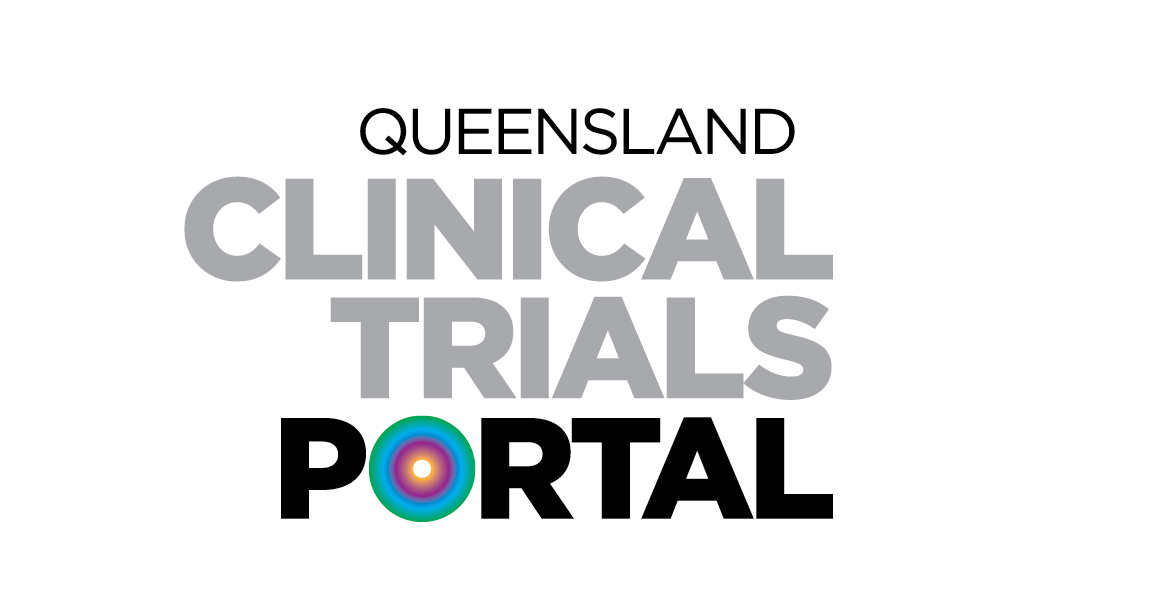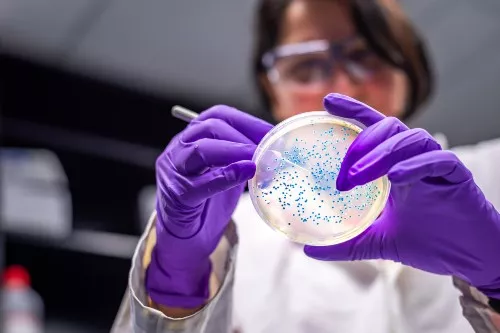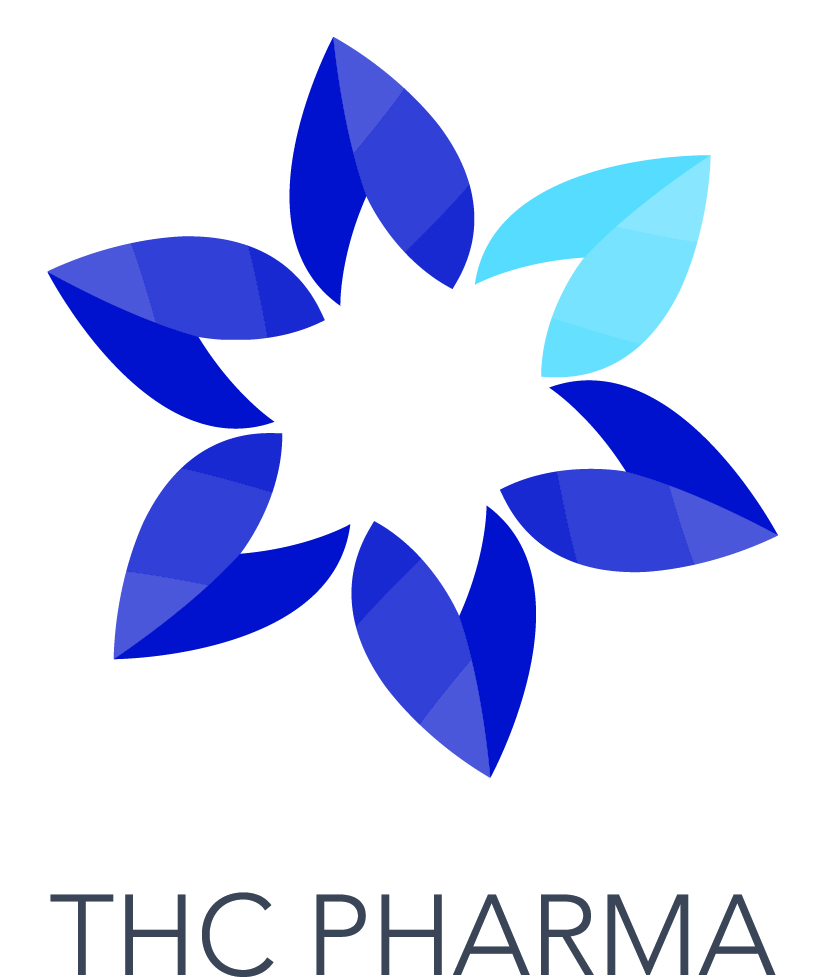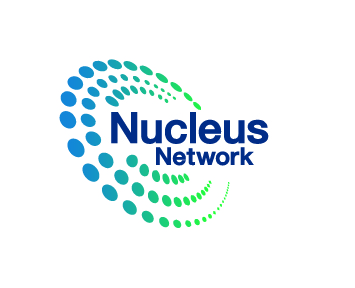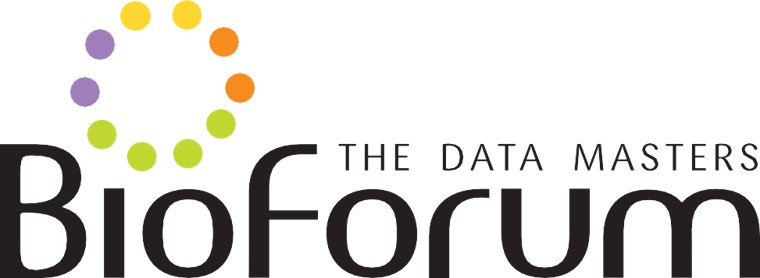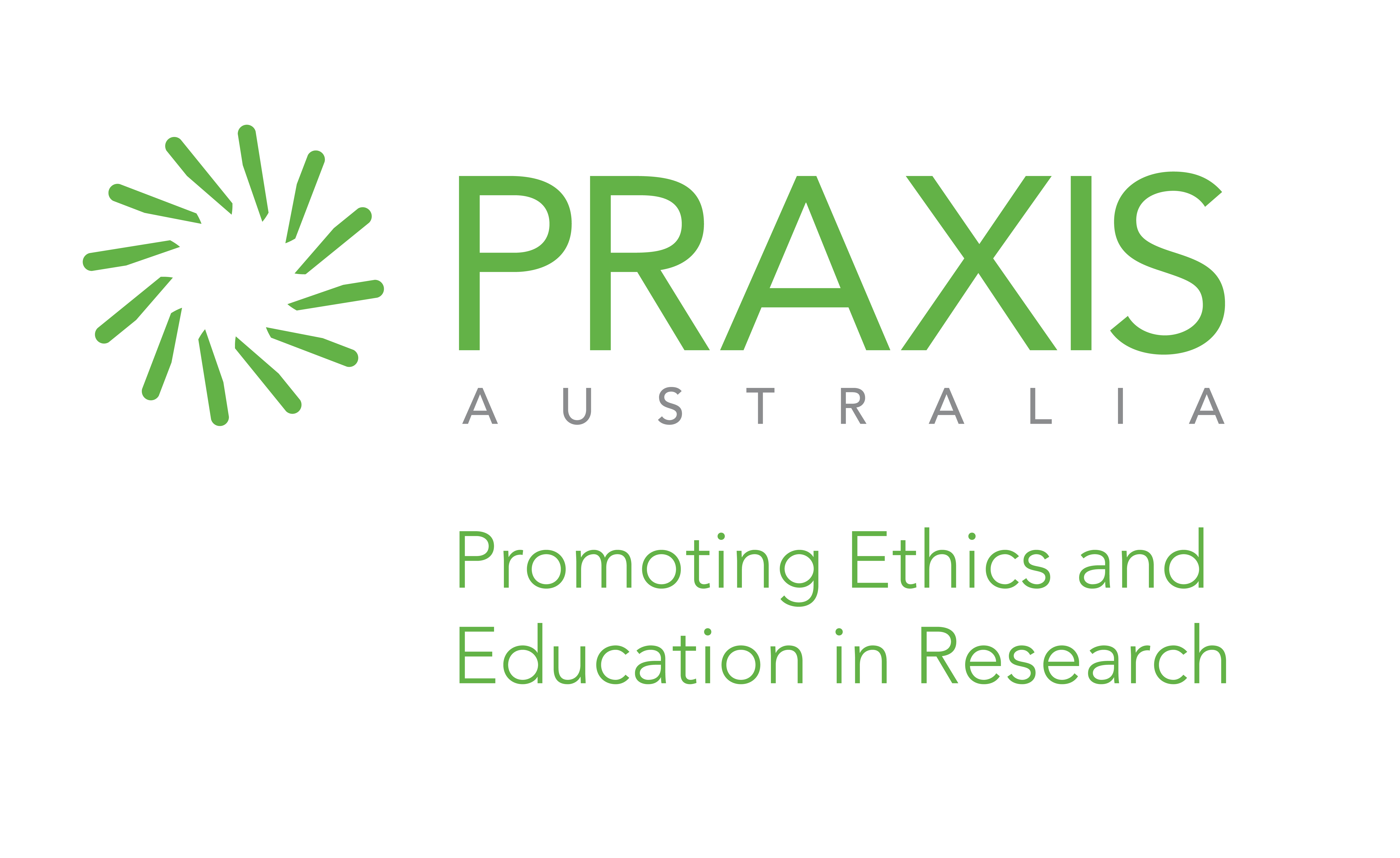Why Queensland?
Queensland is a one-stop-shop for clinical trials, research and development programs. With an outstanding track record in all clinical trial phases, Queensland’s experts will provide everything you need to design and run a high-quality trial. Known as the ‘Sunshine State’, Queensland is a globally attractive holiday and clinical trial destination.
Strengths
Queensland is home to world-class universities, hospitals, infrastructure, academic centres of excellence and clinical trial facilities, making it a great environment for high quality patient care and successful clinical research. It’s unique and diverse landscape creates singular opportunities for biomedical research.
Value
Eligible companies can take advantage of Australia’s Research and Development Tax Incentive program. Unlike similar programs in other countries, there is no requirement for companies in Australia to demonstrate year-on-year growth in their R&D expenditure to claim a tax benefit.
Governance
Queensland and Australia adopt a fast and pragmatic regulatory pathway for clinical trials. Our single ethical review process saves you time while delivering good governance. You only need one ethical approval across Australia's public health system.
Sites
Queensland is the fastest-growing state in Australia. As a state of cultural and social diversity, we offer a networked approach to clinical trials through our government-endorsed teletrials model. This allows you to increase the speed of your R&D and access all-year-round recruitment and access to patients—including those with seasonal and tropical diseases.

News updates
- CTX changed to CTA - see the trial process here.
- NHMRC National Statement 2023
- Latest revision of the ICH Guideline for conducting clinical trials- ICH E6(R3) Guideline for Good Clinical Practice.
- Queensland Health Clinical Trial Strategic Action Plan: Report card-September 2024
- A new report, Queensland Public Hospitals: Health and Medical Research Activities (2019-2024), details the state's research efforts. For more details, read the full report here: Queensland Public Hospitals Research Report
